Understanding and adhering to **calling out score darts rules** is crucial for fair play and accurate record-keeping in any darts match. This article will demystify the process, covering standard practices, variations, and tips for clear and effective communication. You’ll learn about score calculation, proper announcement techniques, and dispute resolution.
⚠️ Still Using Pen & Paper (or a Chalkboard)?! ⚠️
Step into the future! The Dart Counter App handles all the scoring, suggests checkouts, and tracks your stats automatically. It's easier than you think!
Try the Smart Dart Counter App FREE!Ready for an upgrade? Click above!
The Importance of Correctly Calling Out Score Darts Rules
Calling out the score accurately and clearly isn’t just a formality; it’s an integral part of the game of darts. Correctly following **calling out score darts rules** ensures that all players are on the same page regarding the remaining scores and allows for strategic decision-making. Imagine the chaos if scores were misreported or not announced at all! Without proper scorekeeping and clear communication, disagreements could arise, hindering the enjoyment of the game.
Furthermore, understanding how to call a score can also help you improve your own game. By paying attention to the scores of both yourself and your opponent, you can better plan your throws and maximize your chances of winning. The practice of **score calculation** is a mental workout that sharpens your focus and arithmetic skills.
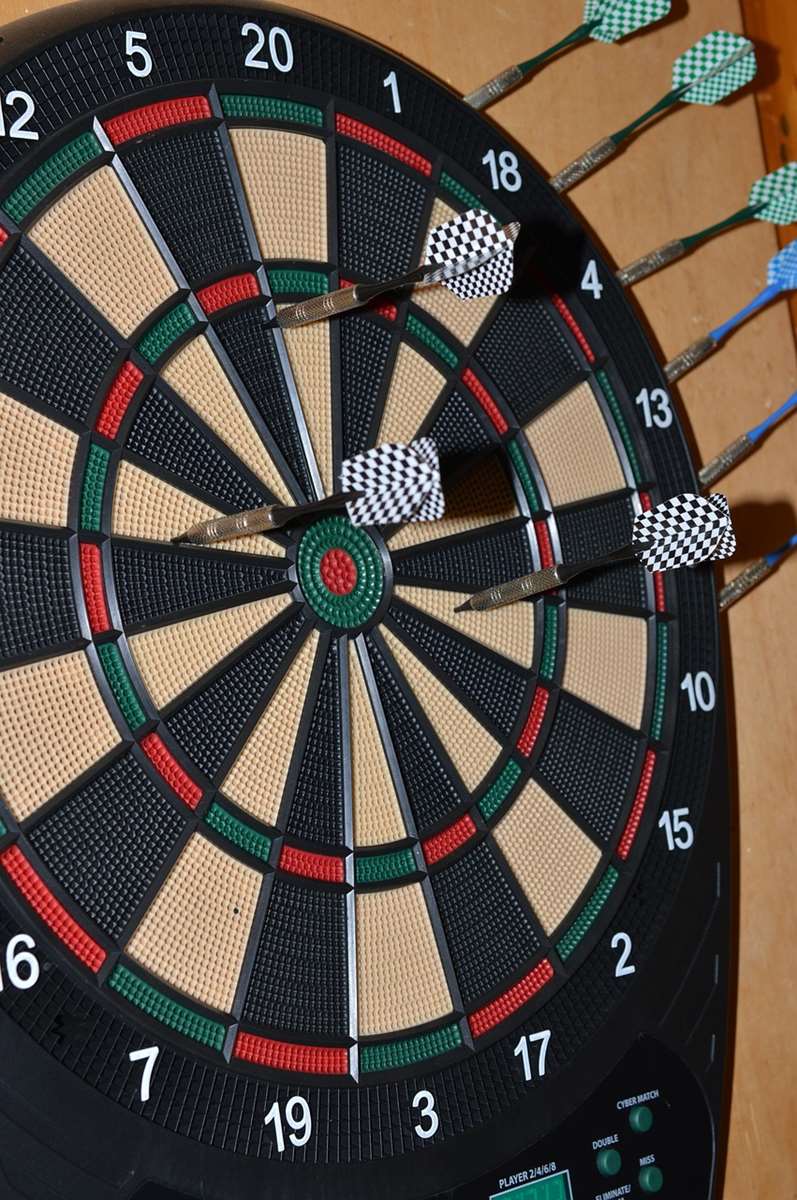
Standard Practices for Calling Out the Score
The generally accepted practice involves announcing the score after each throw. Here’s a breakdown of the typical sequence:
- Announce the individual scores of each dart: State the score of each dart in the order they were thrown. For instance, “Twenty, twenty, double twenty.”
- Calculate the total score for the round: Add up the scores of the three darts. In the example above, the total score would be 20 + 20 + 40 (double twenty) = 80.
- Announce the total score for the round: Say “Eighty!” clearly.
- Calculate the remaining score: Subtract the round score from the player’s current score. If the player started with 501 and scored 80, the remaining score would be 501 – 80 = 421.
- Announce the remaining score: Say “Four hundred and twenty-one.” This is the score the player needs to reach to win.
It’s important to maintain a consistent approach when calling out scores. This helps prevent confusion and ensures that all players understand the current state of the game. Consistent use of this **score announcement technique** greatly assists players and spectators alike.
Variations in Calling Out Score Darts Rules
While the standard practice is widely followed, there are some variations in calling out score darts rules depending on the specific game being played or the preferences of the players. For example, in some informal games, players might only announce the total score for the round and the remaining score, skipping the announcement of individual dart scores. However, it’s always best to clarify the rules before the game begins to avoid any misunderstandings. If you’re playing with beginners, you might consider adapting darts rules for beginners to make the game more enjoyable for everyone.
Another variation can involve the order in which the scores are called. Some players prefer to announce the remaining score first, followed by the round score. This can be helpful for quickly assessing the strategic implications of the throw. As an example, if a player needs 100 to win, they might announce “One hundred remaining, eighty,” clearly showing how much they need to score on their next throw.
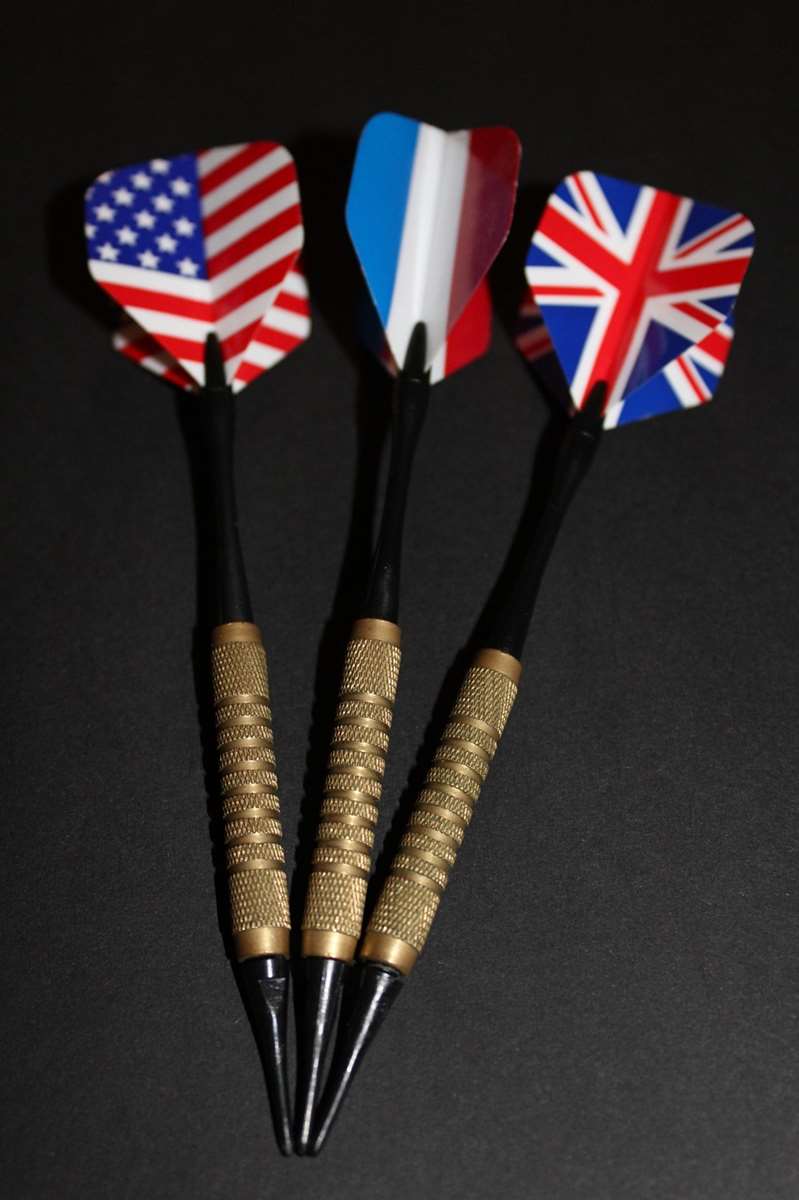
Tips for Clear and Effective Communication
Clear communication is key to following **calling out score darts rules** effectively. Here are some tips to ensure that your score announcements are easily understood:
- Speak Clearly and Loudly: Ensure that your voice is loud enough for all players to hear you, especially in noisy environments. Enunciate your words clearly to avoid any misinterpretations.
- Maintain Eye Contact: Look at the scorekeeper or the other players while announcing the score to ensure that they are paying attention.
- Use Consistent Terminology: Stick to standard dart terminology when describing the scores. For instance, use “double twenty” instead of “top of the twenty.”
- Pause Briefly Between Scores: Give the scorekeeper a moment to record each score before moving on to the next one.
- Confirm the Score: Before starting the next round, double-check the recorded score to ensure that it is accurate.
By following these tips, you can minimize the risk of errors and ensure that the game runs smoothly. Practicing these **communication strategies** will improve the flow of any game.
Dealing with Score Disputes
Even with the best efforts, score disputes can sometimes arise. When this happens, it’s important to handle the situation calmly and fairly. The first step is to review the score sheet or the electronic scoreboard to see if the error can be easily identified. If the dispute persists, the following steps can be taken:
- Review the footage: If the game is being recorded, review the footage to verify the accuracy of the throws and the announced scores.
- Consult with a neutral observer: If there is a neutral observer present, ask for their opinion on the disputed score.
- Replay the round: As a last resort, you can replay the round to resolve the dispute. This is only appropriate if all players agree to it.
The most important thing is to remain respectful and avoid getting into heated arguments. Remember that darts is a game meant to be enjoyed, and resolving disputes fairly is essential for maintaining a positive atmosphere. In some cases, you might consider how to make darts fairer with handicap rules to accommodate players of different skill levels, which can help reduce potential frustration and disputes.
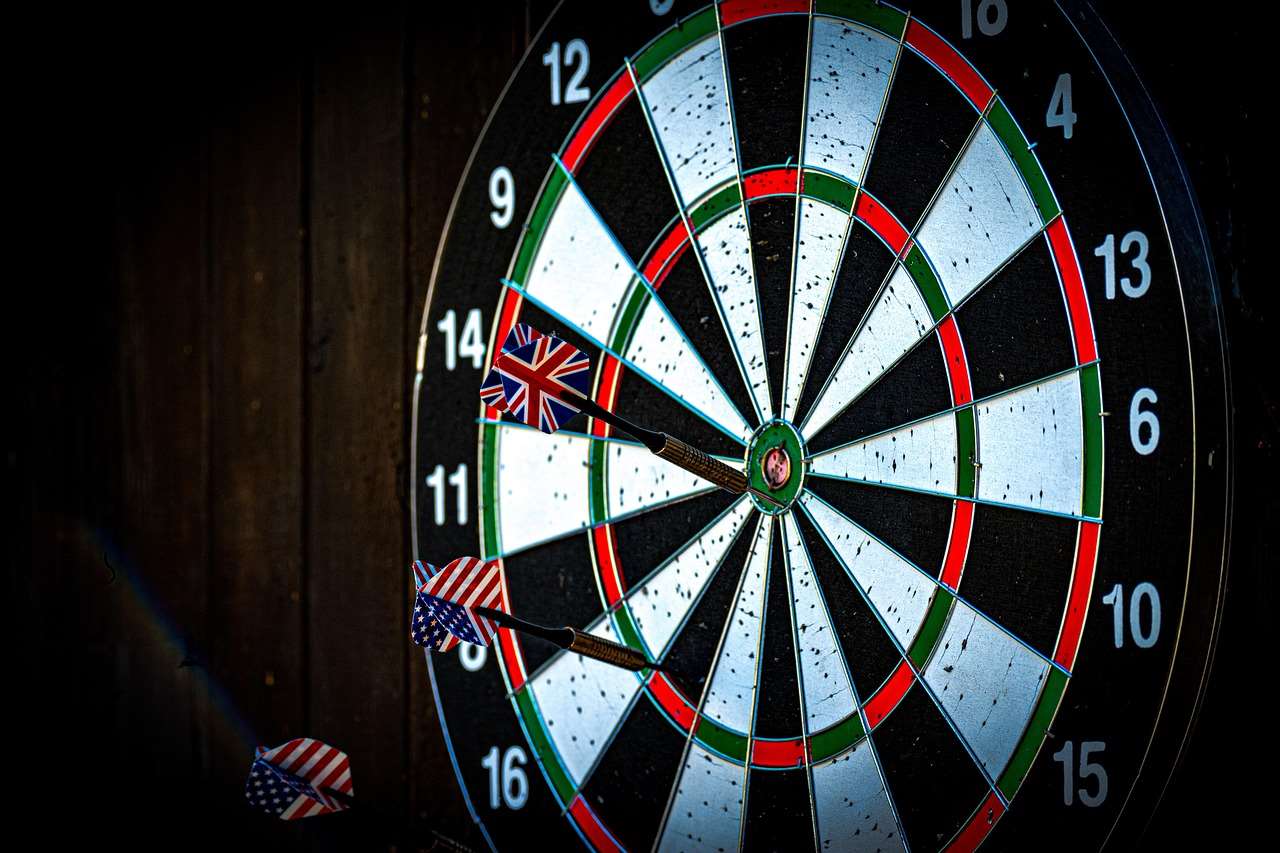
Electronic Scoreboards and Score Calling
The advent of electronic scoreboards has significantly simplified the process of calling out score darts rules. These devices automatically calculate and display the scores, reducing the risk of human error. However, even with electronic scoreboards, it’s still important to announce the scores verbally. This helps to ensure that all players are aware of the current state of the game and allows for a double-check of the electronic record. Electronic scoreboards provide a convenient way to automate **score tracking**, but verbal confirmation remains crucial.
Furthermore, some electronic scoreboards offer features such as automatic score calling, which can be particularly helpful for players who are new to the game. These devices can announce the scores after each throw, eliminating the need for players to do so themselves. However, it’s still important to understand the principles of score calling, as electronic scoreboards can sometimes malfunction.
Consider also some fun dart game variations with modified rules; many of these games are easily tracked with electronic scoreboards.
Beyond the Basics: Advanced Score Calling Strategies
While the basic principles of calling out score darts rules are straightforward, there are some advanced strategies that players can use to enhance their communication and gain a competitive edge. One such strategy is to use visual cues to communicate the intended target for the next throw. For example, a player might point to the double twenty segment of the board while announcing their remaining score, indicating their intention to aim for that target. This can help to create a sense of anticipation and excitement among the players.
Another advanced strategy is to use verbal cues to distract or confuse the opponent. For example, a player might announce a higher score than they actually achieved, hoping to throw off their opponent’s concentration. However, it’s important to use these tactics sparingly and ethically, as excessive use of deception can be seen as unsportsmanlike. Mastering these **advanced techniques** requires practice and a keen understanding of the game’s psychology.
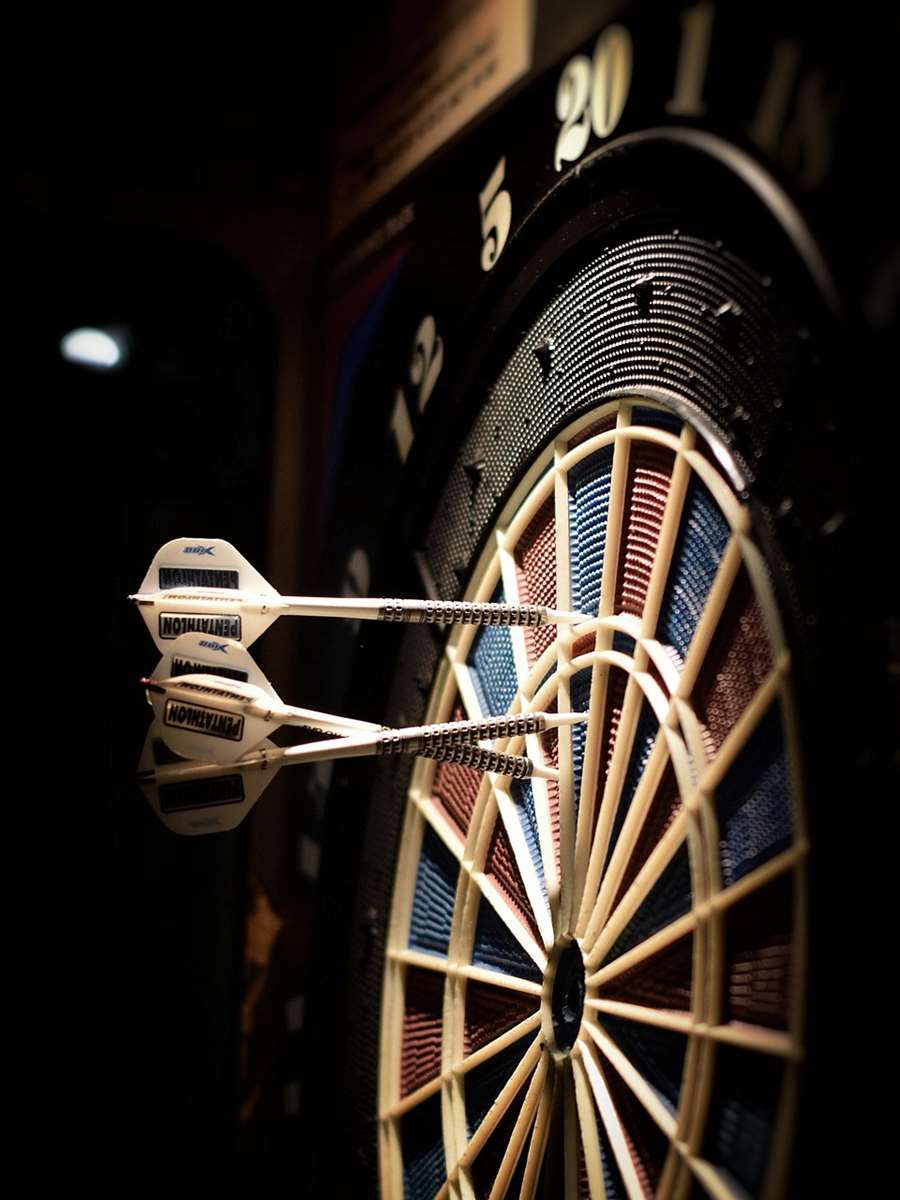
The Psychology of Calling Out the Score
The act of calling out the score can have a significant psychological impact on both the player announcing the score and their opponent. A confident and assertive score announcement can project an image of strength and control, while a hesitant or uncertain announcement can convey weakness and vulnerability. Players should be mindful of their body language and tone of voice when announcing the score, as these factors can influence the perception of their confidence.
Furthermore, the way in which the score is called can also affect the opponent’s morale. For example, a player might deliberately emphasize their remaining score to highlight the pressure that their opponent is under. Alternatively, a player might downplay their remaining score to create a sense of complacency in their opponent. The key is to use these tactics strategically and subtly, without crossing the line into psychological warfare.
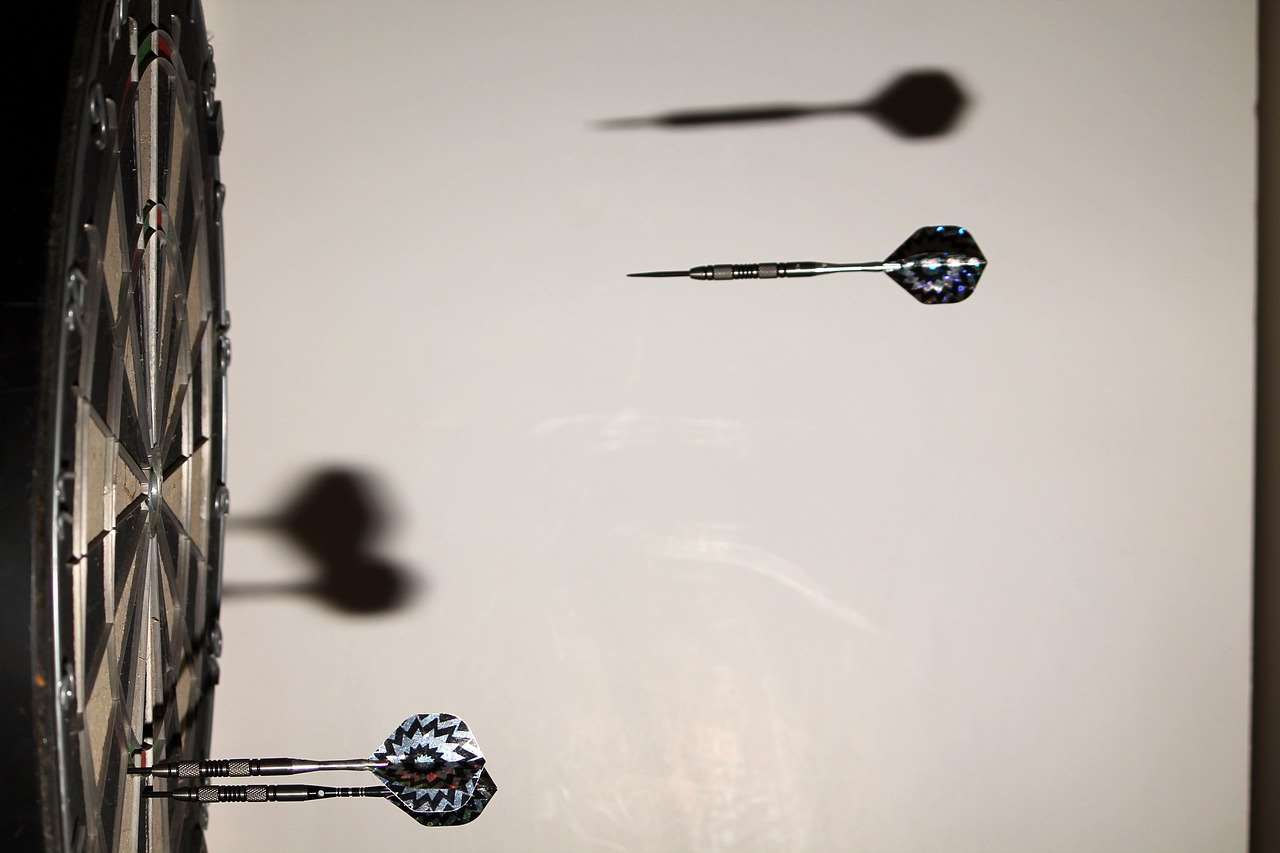
Common Mistakes to Avoid When Calling Out Score Darts Rules
Even experienced players can make mistakes when calling out score darts rules. Here are some common errors to avoid:
- Miscalculating the score: Double-check your calculations to ensure that the score is accurate.
- Mispronouncing the numbers: Enunciate the numbers clearly to avoid any confusion.
- Forgetting to announce the remaining score: Always announce the remaining score after each round.
- Announcing the score too quickly: Give the scorekeeper a moment to record the score before moving on.
- Failing to correct errors: If you realize that you have made a mistake, correct it immediately.
By being aware of these common pitfalls, you can reduce the risk of errors and ensure that the game runs smoothly. Remember, accuracy in **score reporting** is paramount for a fair game.
If you’re playing at home, you might consider alternative darts rules for home play that simplify scoring or introduce handicaps.
Conclusion: Mastering Calling Out Score Darts Rules
Mastering **calling out score darts rules** is essential for any serious darts player. By understanding the standard practices, variations, and tips outlined in this article, you can ensure that your score announcements are accurate, clear, and effective. Remember to communicate clearly, handle disputes fairly, and be mindful of the psychological impact of your score announcements. With practice and attention to detail, you can become a confident and competent score caller, enhancing your enjoyment of the game and your chances of success. So, grab your darts, practice your score calling, and aim for the bullseye! Why not start by reviewing some basic darts fundamentals for beginners to ensure you have a solid foundation?
Hi, I’m Dieter, and I created Dartcounter (Dartcounterapp.com). My motivation wasn’t being a darts expert – quite the opposite! When I first started playing, I loved the game but found keeping accurate scores and tracking stats difficult and distracting.
I figured I couldn’t be the only one struggling with this. So, I decided to build a solution: an easy-to-use application that everyone, no matter their experience level, could use to manage scoring effortlessly.
My goal for Dartcounter was simple: let the app handle the numbers – the scoring, the averages, the stats, even checkout suggestions – so players could focus purely on their throw and enjoying the game. It began as a way to solve my own beginner’s problem, and I’m thrilled it has grown into a helpful tool for the wider darts community.